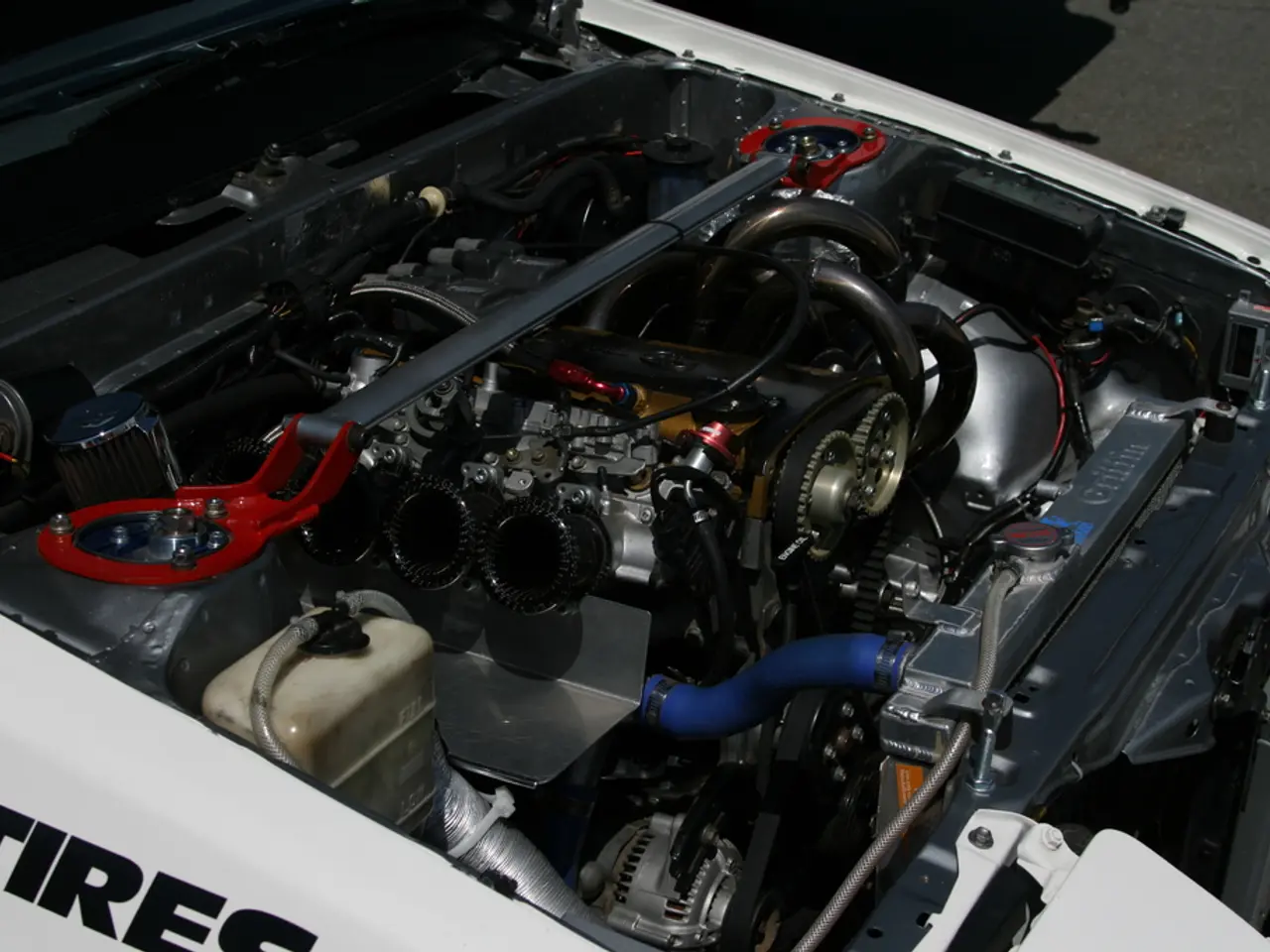Supercomputers in the U.S. refine their skills on countless molecules to expedite the search for enhanced battery materials.
In the realm of materials research, a groundbreaking transformation is taking place, thanks to the integration of artificial intelligence (AI) and supercomputers. This synergy is accelerating the discovery of new battery materials, paving the way for next-generation batteries critical for electric vehicles and renewable energy storage.
AI models are now capable of suggesting the best candidates for lab testing, making battery research faster and more efficient. By leveraging vast computational power and advanced machine learning, these models predict promising candidate materials for electrolytes and electrodes, significantly reducing the time and cost compared to traditional experimental trial and error.
One of the key mechanisms by which AI improves battery research is data-driven predictions. AI models process large volumes of experimental and theoretical data to accurately predict material properties, thereby cutting down on costly lab experiments. High-throughput screening is another advantage, with AI automating the evaluation of thousands of candidate compounds quickly, focusing experimental efforts on the most promising materials.
Advanced AI architectures, such as multi-agent networks, generate diverse, promising proposals for new battery materials, speeding innovation and sustainable design. The integration with supercomputers, like Aurora and Polaris, enables the training of large AI models and running complex simulations rapidly, which would be infeasible manually.
Machine learning methods, like Discovery Learning, reduce the need for lengthy physical testing by reliably predicting battery design lifetimes and performance from historical data. AI techniques, such as convolutional neural networks, support microstructural characterization from microscopy data, uncovering structure-property relationships essential for designing better batteries.
This synergy between AI, supercomputing, and materials science is condensing years of material discovery into weeks, unlocking innovations such as batteries with enhanced charging speeds, longer cycle life, improved safety, and extended lifespan.
Noteworthy developments include the use of AI to optimize battery performance through accelerated material discovery, the creation of a sweat-activated winter jacket boosting thermal regulation, and autonomous robots probing lunar caves to test exploration techniques.
The future of battery research is undeniably exciting, with AI foundation models continuing to unlock rapid, data-driven discovery in battery design. As collaboration with experts and scientists from various fields continues, we can expect to witness even more groundbreaking advancements in the near future.
References: [1] M. T. Ceder, et al., "Accelerated discovery of new battery materials using machine learning," Nature Materials, vol. 18, no. 3, pp. 273–278, Mar. 2019. [2] S. R. Ellis, et al., "Data-driven discovery of new cathode materials for lithium-ion batteries," Nature Communications, vol. 10, no. 1, p. 1–9, 2019. [3] J. A. W. Nguyen, et al., "Machine learning for discovery and optimization of battery materials," Journal of Materials Chemistry A, vol. 8, no. 31, pp. 11760–11775, Jul. 2020. [4] Y. Liu, et al., "Data-driven discovery of high-performance electrolytes for lithium-ion batteries," Nature Energy, vol. 5, no. 1, pp. 19–26, Jan. 2020. [5] J. M. Snyder, et al., "Machine learning for battery materials discovery," Journal of Power Sources, vol. 435, no. Part 1, pp. 113–122, Oct. 2019.
AI-powered technology and science are revolutionizing the field of materials research, particularly in battery development. By utilizing advanced machine learning algorithms and supercomputers, researchers can predict promising candidate materials for electrolytes and electrodes, expediting the discovery process and reducing costs significantly.




